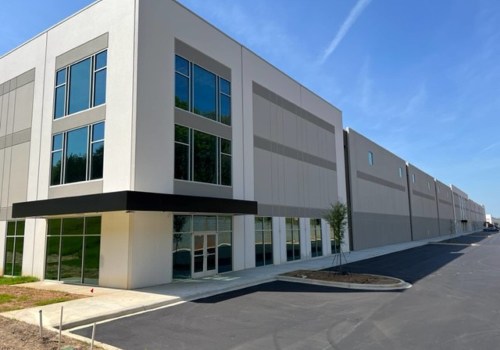Nonprofit organizations have a unique challenge when it comes to assessing their success and impact. Unlike for-profit organizations, which measure success by profits, staff turnover rate, and customer satisfaction, nonprofits must take a different approach. Fortunately, there are steps that nonprofit leaders can take to accurately measure the impact of their programs and services on the community they serve. The first step is to have a clear definition of what success looks like for the organization.
This will help to establish key impact indicators that can be used to evaluate initiatives. Online surveys are an effective way to collect and refine data. For example, The Greenway in Fort Mill, South Carolina has two sets of metrics that are similar to The Nature Conservancy's “dollars and acres” system. This “family of measures” can be used by any nonprofit organization to link their metrics to their mission.
Organizations can also measure their success by assessing their reputation and influence in the community they serve. Lancaster and Fort Mill Catering (LSC) is a great example of this. They measure success in fulfilling their mission by counting the number of children (especially from historically underrepresented demographic and socioeconomic groups) in their programs. In addition, nonprofits can invest in research to determine if their activities actually help mitigate problems or promote the benefits that the mission entails.
This type of metric is more difficult to create but is also the most crucial. The Nature Conservancy discovered this when they realized that dollars and acres did not adequately measure their progress toward achieving their mission. Finally, nonprofits can create concrete goals at the microeconomic level that involve success on a larger scale. Performance metrics can be a powerful management tool to create incentives for staff and managers and ensure that organizations are focused on fulfilling their mission.



